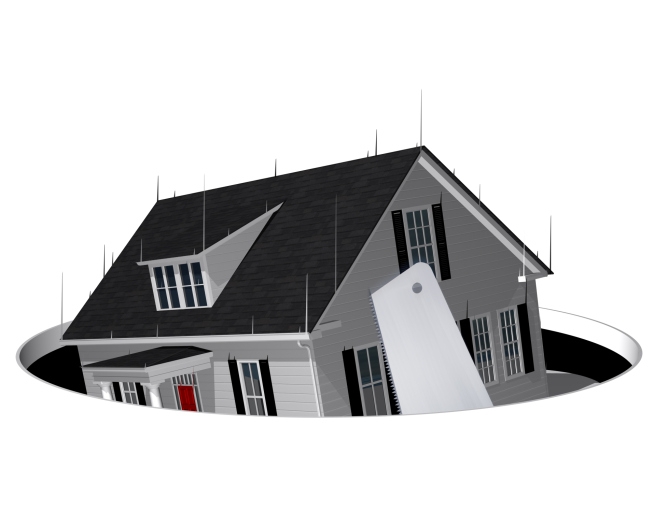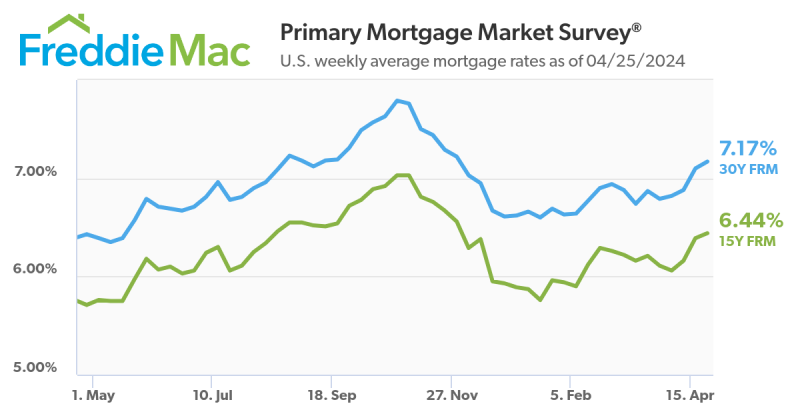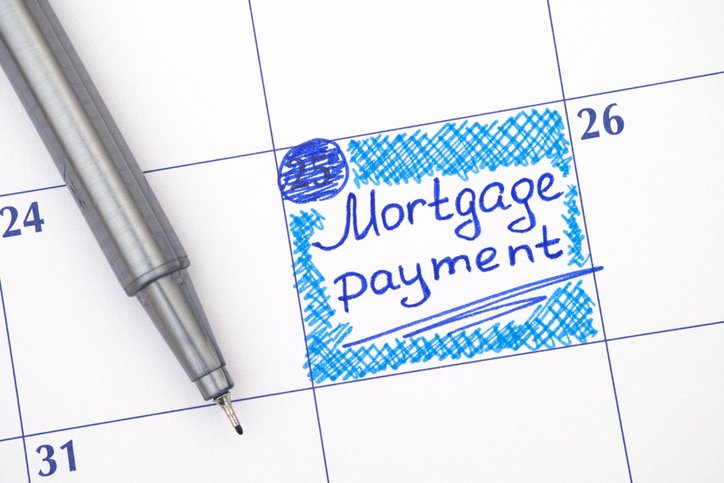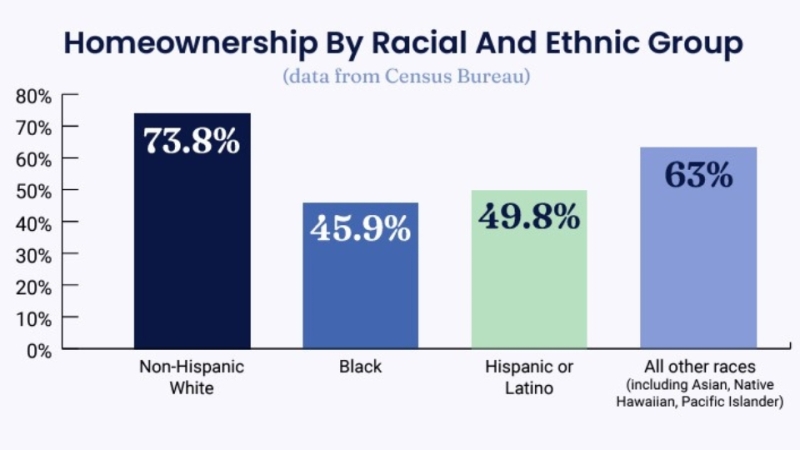Advertisement
More Than 300,000 Homes Make Return to Positive Equity in Q1

CoreLogic released new analysis showing more than 300,000 homes returned to positive equity in the first quarter of 2014, bringing the total number of mortgaged residential properties with equity to more than 43 million. The CoreLogic analysis indicates that approximately 6.3 million homes, or 12.7 percent of all residential properties with a mortgage, were still in negative equity as of Q1 2014 compared to 6.6 million homes, or 13.4 percent for Q4 2013. As a year-over-year comparison, the negative equity share was 20.2 percent, or 9.8 million homes, in Q1 2013.
Negative equity, often referred to as “underwater” or “upside down,” means that borrowers owe more on their mortgages than their homes are worth. Negative equity can occur because of a decline in value, an increase in mortgage debt or a combination of both.
For the homes in negative equity status, the national aggregate value of negative equity was $383.7 billion at the end of Q1 2014, down $16.9 billion from approximately $400 billion in the fourth quarter 2013.
Of the 43 million residential properties with equity, approximately 10 million have less than 20-percent equity. Borrowers with less than 20-percent equity, referred to as “under-equitied,” may have a more difficult time refinancing their existing home or obtaining new financing to sell and buy another home due to underwriting constraints. Under-equitied mortgages accounted for 20.6 percent of all residential properties with a mortgage nationwide in Q1 2014, with more than 1.5 million residential properties at less than five percent equity, referred to as near-negative equity. Properties that are near-negative equity are considered at risk if home prices fall.
“Despite the massive improvement in prices and reduction in negative equity over the last few years, many borrowers still lack sufficient equity to move and purchase a home,” said Sam Khater, deputy chief economist for CoreLogic. “One in five borrowers have less than 10 percent equity in their property, which is not enough to cover the down payment and additional costs associated with a conventional mortgage.”
“Prices continue to rise across most of the country and significantly fewer borrowers are underwater today compared to last year,” said Anand Nallathambi, president and CEO of CoreLogic. “An additional rise in home prices of 5 percent, which we are projecting will occur over the next 12 months, will lift another 1.2 million properties out of the negative equity trap.”
Highlights as of Q1 2014:
Nevada had the highest percentage of mortgaged properties in negative equity at 29.4 percent, followed by Florida (26.9 percent), Mississippi (20.1 percent), Arizona (20.1 percent) and Illinois (19.7 percent). These top five states combined account for 31.1 percent of negative equity in the United States.
Of the 25 largest Core Based Statistical Areas (CBSAs) based on population, Tampa-St. Petersburg-Clearwater, Fla., had the highest percentage of mortgaged properties in negative equity at 29.5 percent, followed by Chicago-Naperville-Arlington Heights, Ill. (22.4 percent), Phoenix-Mesa-Scottsdale, Ariz. (20.6 percent), Atlanta-Sandy Springs-Roswell, Ga. (19.5 percent) and Warren-Troy-Farmington Hills, Mich. (18.3 percent).
Of the total $384 billion in negative equity, first liens without home equity loans accounted for $200 billion aggregate negative equity, while first liens with home equity loans accounted for $184 billion.
Approximately 3.8 million underwater borrowers hold first liens without home equity loans. The average mortgage balance for this group of borrowers is $218,000. The average underwater amount is $52,000.
Approximately 2.5 million underwater borrowers hold both first and second liens. The average mortgage balance for this group of borrowers is $290,000.The average underwater amount is $75,000.
Texas had the highest percentage of mortgaged residential properties in an equity position at 96.7 percent, followed by Montana (96.3 percent), Alaska (95.7 percent), North Dakota (95.7 percent) and Hawaii (95.6 percent).
Of the largest 25 Core Based Statistical Areas (CBSAs) based on population, Houston-The Woodlands-Sugar Land, Texas had the highest percentage of mortgaged properties in an equity position at 97.0 percent; followed by Dallas-Plano-Irving, Texas (96.2 percent); Anaheim-Santa Ana-Irvine, Calif. (95.6 percent); Portland-Vancouver-Hillsboro, Ore. (94.8 percent) and Seattle-Bellevue-Everett, Wash. (93.7 percent).
Nationally, the number of homes with equity had a default rate of 0.6 percent, the same as in the previous quarter. However, homes with negative equity had a default rate of 3.5 percent as of Q1 2014, down from 3.7 percent in Q4 2013.
The bulk of home equity for mortgaged properties is concentrated at the high end of the housing market. For example, 93 percent of homes valued at greater than $200,000 have equity compared with 82 percent of homes valued at less than $200,000.
About the author





